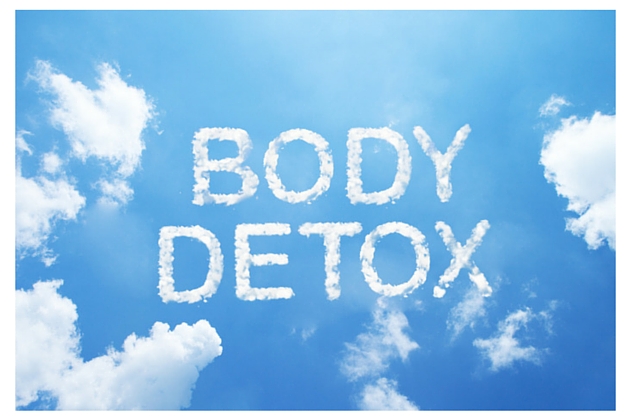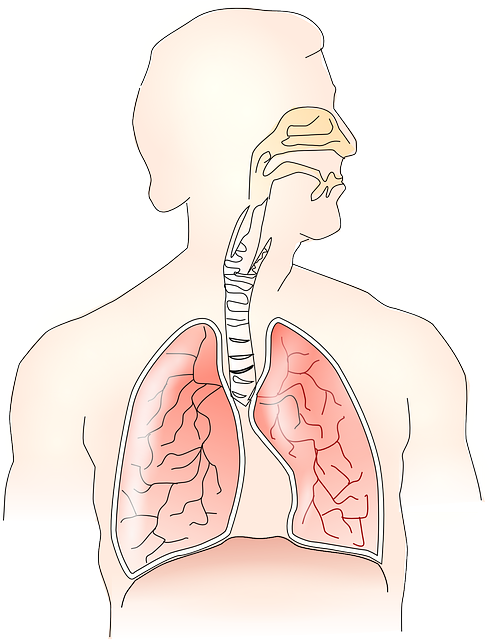The frustration that stems from the mental cloudiness experienced by many cancer patients going through chemotherapy is no laughing matter. And although many may try to make light of it, chemo brain, as it is commonly known, can be a cause of great concern when a decrease in mental sharpness leads to the inability to remember important things, learn new skills or finish tasks. This negative impact on everyday life can also impart a great emotional hit alongside the practical issues.
It’s Not Just Chemo
Chemo brain to some extent is a misnomer. In reality mental fog can be experienced by patients who are not going through chemotherapy treatments. Other noted causes include:
- The actual diagnosis of cancer can contribute to mental unclarity
- Medications such as pain killers
- Radiation treatments
- Lack of Sleep/Fatigue
- Poor nutrition
- Low blood counts
- The cancer itself
- Age
Integrative Approaches to Dealing with Chemo Brain
The one positive of this condition is that in most cases it is temporary and can be managed with a few helpful tips.
Get Good Quality Sleep and Enough of It
Lack of enough good quality sleep can be a contributing factor for brain fog.
Here are some tips to encourage a good night sleep:
- Maintain a consistent bedtime routine
- Turn all electronics off 1 hour before bedtime
- Sleep in cool room
- Sleep in darkness
- If you must have electronics in your room, keep them 2 feet away from your bed
Amp Up Your Nutrition
Incorporating a whole foods diet with key nutrients is an important step in dealing with brain fog. Goods fats need to be included in your daily diet and can be found in foods such as coconut oil, olive oil, avocados, walnuts and cold water fish like salmon.
Choline and inositol are important nutrients for brain health. Choline can be found in foods such as eggs, beans, flax seeds and pistachios. Foods rich in inositol include beans and cantaloupe.
Vitamins B1 (thiamin) and B12 (cobalamin) are important vitamins to include in your diet.
Food sources of B1 include eggs, salmon, asparagus, kale, cauliflower sunflower seeds, beans, lentils and brown rice.
B12 is readily available in meat and shellfish. If avoiding animal products, supplementing with B12 in the form of methylcobalamin should be considered.
Exercise
Exercise overall has many health benefits.
For brain fog, regular exercise can help to keep stress and anxiety in check and encourage a more restful sleep.
And a few other tips
From a life style perspective incorporating strategies in to your daily routine such as making lists, noting activities in to a calendar, setting reminders and challenging yourself with word puzzles and brain games can be very helpful for improving brain function.
For those who like online challenges, one of my favourite sites for brain games is BrainHQ
References
https://www.mayoclinic.org/diseases-conditions/chemo-brain/symptoms-causes/syc-20351060
Chemotherapy, Radiation, Surgery
Natural Strategies for Preparation
and
Dealing with Side Effects of Cancer Treatments








 Cigarette smoking causes most lung cancers. Of note however many patients who are diagnosed with lung cancer have either never smoked or are former smokers.
Cigarette smoking causes most lung cancers. Of note however many patients who are diagnosed with lung cancer have either never smoked or are former smokers. A cough that doesn’t go away and gets worse over time
A cough that doesn’t go away and gets worse over time Stop Smoking:
Stop Smoking:


